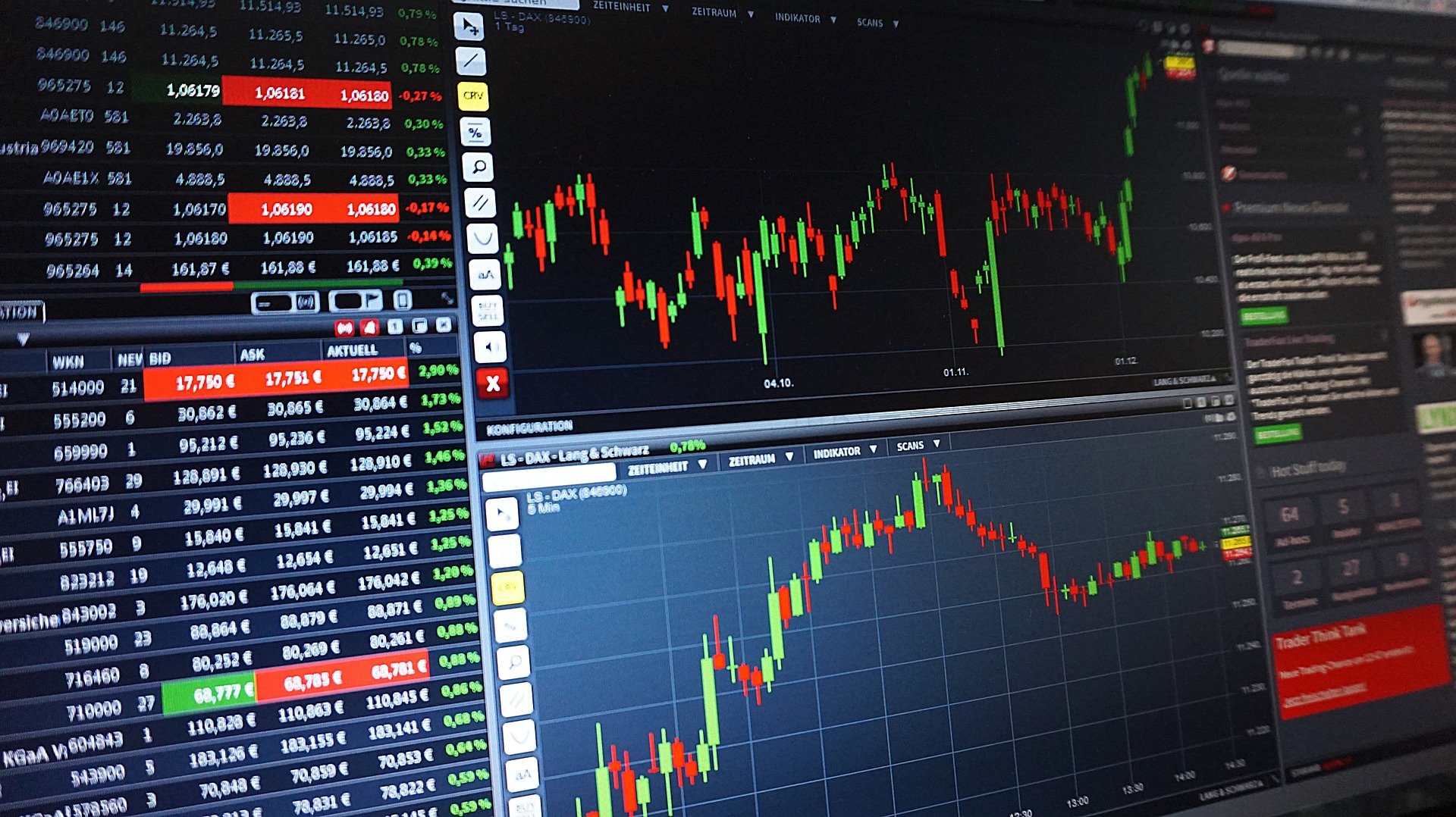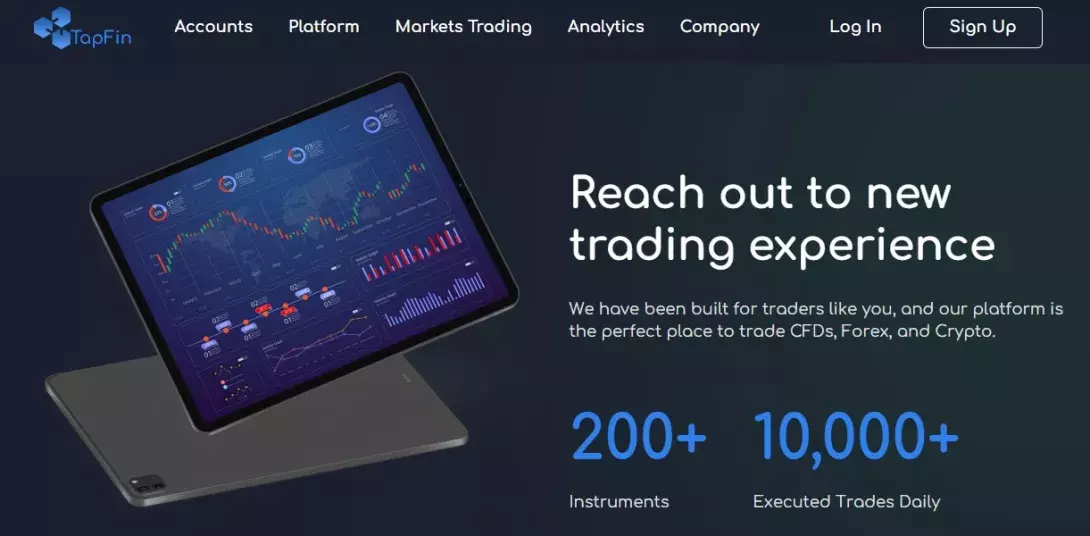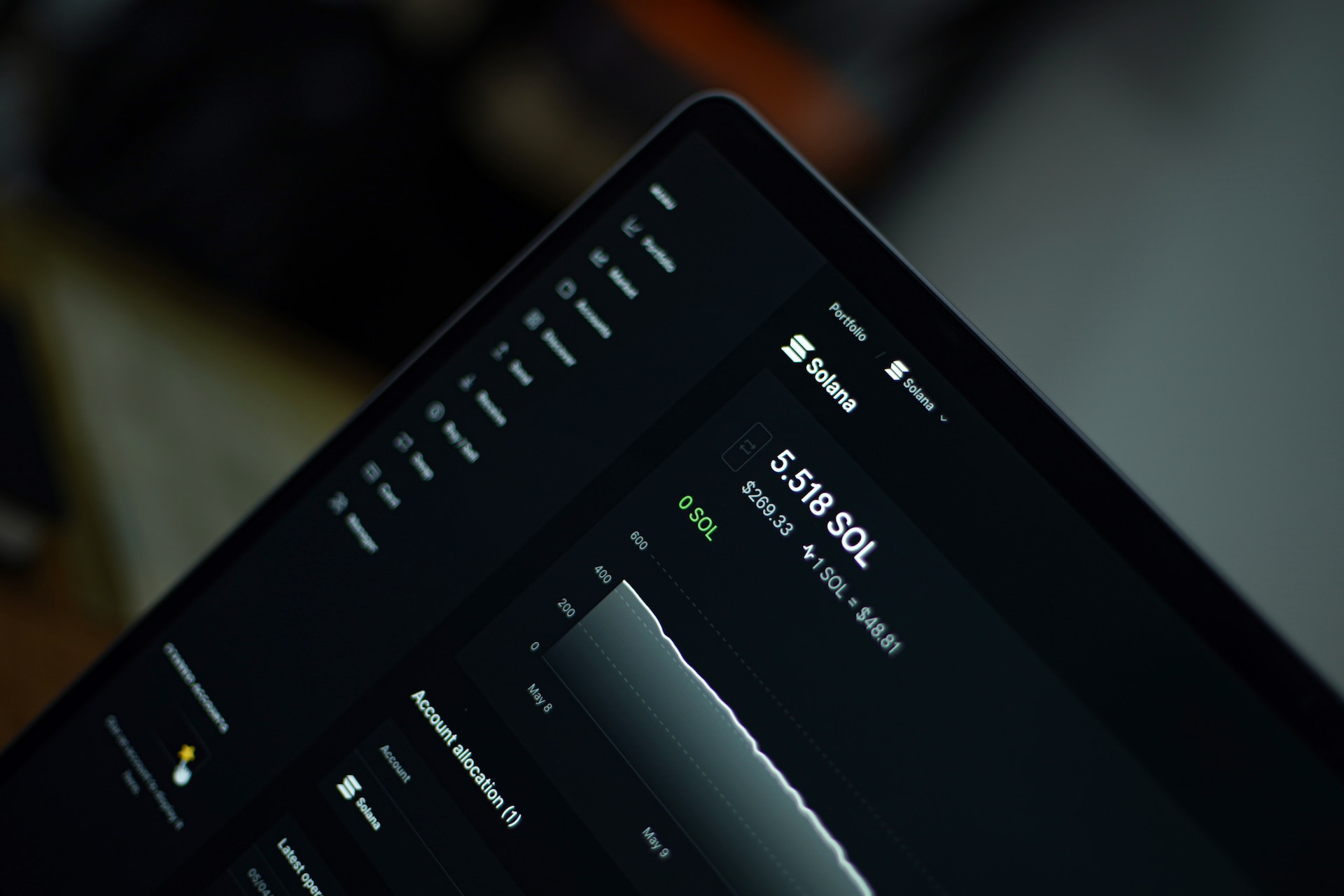Options are a complex financial product where the buyer of an option secures the right to buy a specified underlying like stocks at a specified time for a specific price. When buying an option, a so-called option premium is due. The premium is paid to the seller of the option. The amount of the option premium is determined in advance by intrinsic value and time value.
Education plays an important role for investors, especially in this case due to the complexity. The best options trading courses help understand each trading strategy market mechanism in detail. This article provides a basic introduction to options trading and compares the traditional way of investing by buying shares of a company to buying an options contract.
1. Buying Options Requires Less Buying Power
Suppose an investor expects Intel Corporation stock (stock symbol: INTC) to rise in price over the next 4 weeks. He would have the opportunity to buy, for example, 100 Intel shares. This would currently cost him approx. $4,800 ($48 x 100 shares). The investor could set a stop-loss order to limit potential losses, for example, ~10% lower at $43. If the share reaches this price level, the investor suffers a loss of -$500 (($43-$48)*100 shares).
Nasdaq.com provides some of the best free options chains for U.S. listed options contracts. Here are the details for the INTC options chain (Intel Corporation Common Stock).

Instead of the 100 shares, the investor could alternatively, for example, acquire one single call option at the strike price of $48 with expiration on March 4, 2022, which gives him the right to buy 100 Intel shares at the chosen strike price of $48 at any time between now and March 4, 2022.
For this option, he pays $190 (100 * option price at the Ask price of $1.90). The investor would therefore have a considerably smaller capital investment so that the maximum loss, in this case, is limited to $190.
So, the buyer of the stock needs $4,800 of liquid capital to finance the investment in 100 shares of INTC at a price of $48 per share, while the buyer of one option only invests $190, which represents a manageable amount of just 4.0% of the sum that the stock buyer has to put up.
2. What Happens When The Trade Gets Stopped Out?
If the price per share falls below $43, the buyer of the 100 shares of Intel gets stopped out with a loss of -$500, while the buyer of the option can not lose more than the initial investment of -$190.
The Risk Of Overnight Price Gaps
Nasdaq and NYSE listed companies report earnings four times per year. The reports are scheduled outside of the regular trading hours. This often leads to big gaps on the next market open. A price per share could gap down 20% or more if the earnings report and company outlook were unfavorable from the investors’ perspective. Let’s assume the stock was trading at $44 at night before the earnings announcement. Now, hypothetical, due to profit warnings, the stock gaps down sharply with -20% and opens on the next day at $35.20. The owner of the stock now gets stopped out and loses the difference between the buying price of $48 and the selling price of $35.20, which equals a loss of $-1,280, while the owner of the options contract is still only down -$190 with his investment. A look at the Intel chart proves that such gaps of 10% and more can definitely happen, and gaps are a real existing risk but also a chance if a stock gaps to the upside.
3. Market Volatility
Sometimes stock market prices are volatile, and a day with -10% can be followed by another one with +10%. So let’s assume that the owner of the shares got stopped out at $43, where he placed the stop loss.
The price per share goes as low as $42.80 but then sharply rebounds and goes back to $50 within a couple of days.
In this case, the owner of the stock got stopped out with a loss of -$500, while the owner of the option, who did not have to use a stop loss due to limited investment risk, is in profit.
When an investor gets stopped out of his position when holding shares, he is then in the dilemma of whether he would possibly buy the stock again with renewed risk. On the other hand, the option buyer can wait 4 weeks and exercise his right to sell the option at a profit or loss.
4. How To Exercise an Options Contract
Exercising an option means that you, as the holder of an option, exercise your right to buy (call option) the underlying security at the strike price at or before the expiration date. Investors can exercise options directly through your trading platform. Please note that the exercise of an option is irrevocable.
5. Disadvantages of Trading Options
Buying a Call instead of shares to participate in an upside price movement and limit potential losses has multiple benefits. However, there are various risks involved in options trading.
An option contract expires after a specific time at the expiration date. If the owner of the option does not sell it before contract expiration, he receives the remaining value, which can also be $0 if the price per share does not move in the favorable direction.
The buyer of an option, in our example the INTC call, pays an options premium. The options premium paid is the minimal price improvement a stock has to make before expiration to enable the buyer of the option to get out of the trade at break even. If the price per share remains around the price where the investor bought the call option, then the options contract will expire worthlessly.
In our example, the call option buyer paid a premium of $1.90 for the call with the strike price of $48.00. That means that at the expiration date, the price per share needs to be at $49.90 to still have the inner value of $1.90. In this case, the holder of the option would have made +-$0, while the owner of the stock would have made 100 shares * ($49.90-$48.00) = $190 profit.
The closer the options expiration comes, the lower the premium of the options contract gets. But, again, if the stock does not move in the favorable direction, the contract will expire worthlessly.
Conclusion
There are multiple benefits of buying options, as the limited risk amount and flexibility in holding an options contract through volatile market periods without getting stopped out.
However, the options premium gets paid in advance, and the stock has to move to the upside to enable the buyer of the option to get out of the trade with a significant profit.
There is a good reason why options trading requires additional paperwork from the broker to be signed by the investor.
In addition, there are more option strategies available, like Covered Call, Protective Put, Vertical Spread, Butterfly, Iron Condor, Straddle and Strangle. However, they are much more complex than buying a call.
The risk is high options trading requires extensive education, excellent preparation and discipline.
















